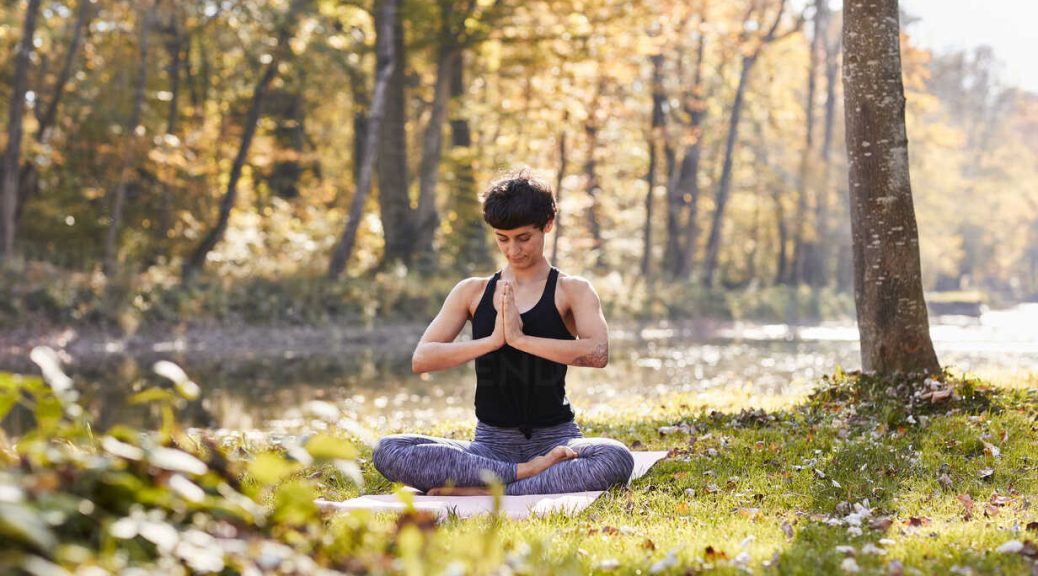
What are the best yoga poses for individuals recovering from drug dependence?
Yoga has emerged as a beneficial practice for individuals recovering from drug dependency, offering physical, mental, and emotional healing. The following yoga poses are particularly effective in aiding recovery by promoting relaxation, reducing anxiety, and enhancing overall well-being and How Can Activities Such as Yoga and Meditation Serve as Alternatives to Drug Use:
- Child’s Pose (Balasana): How Can Activities Such as Yoga and Meditation Serve as Alternatives to Drug Use. This pose helps in calming the mind and relieving stress, which can be crucial during the recovery process. It gently stretches the hips, thighs, and ankles, promoting relaxation and grounding.
- Corpse Pose (Savasana): Savasana encourages deep relaxation and rejuvenation. It allows individuals to focus on their breath and let go of tension, promoting a sense of peace and inner calm essential for recovery.
- Seated Forward Bend (Paschimottanasana): This pose stretches the spine, hamstrings, and lower back, helping to alleviate stress and anxiety. It also improves circulation, which can be beneficial for detoxification and overall health.
- Cat-Cow Pose (Marjaryasana-Bitilasana): This gentle flow between Cat and Cow poses helps to increase spinal flexibility and coordination of breath and movement. It also enhances mood and reduces stress, supporting emotional stability during recovery.

- Warrior II Pose (Virabhadrasana II): Warrior II builds strength and stamina while promoting concentration and mental focus. It encourages a sense of empowerment and confidence, which are crucial for individuals rebuilding their lives post-recovery.
- Bridge Pose (Setu Bandhasana): Bridge Pose strengthens the back, buttocks, and hamstrings while opening the chest and improving circulation. It helps alleviate depression and fatigue, promoting a positive outlook on life.
- Tree Pose (Vrksasana): Tree Pose improves balance and concentration, fostering a sense of stability and inner strength. It promotes mindfulness and self-awareness, which are essential for maintaining sobriety and overall well-being.
- Legs-Up-the-Wall Pose (Viparita Karani): This restorative pose reduces anxiety and fatigue by promoting relaxation and improving circulation. It also relieves tension in the legs and lower back, aiding in physical recovery.
- Meditation and Breathing Exercises: Alongside yoga poses, incorporating meditation and pranayama (breathing exercises) can significantly support recovery. Deep breathing techniques such as alternate nostril breathing (Nadi Shodhana) help to calm the mind and reduce cravings.
- Daily Practice and Mindfulness: Consistency is key to reaping the benefits of yoga for recovery. Encouraging individuals to establish a daily practice, even if brief, can foster discipline and resilience in their journey toward healing.
Incorporating these yoga poses into a recovery regimen can provide individuals with valuable tools for managing stress, promoting physical health, and enhancing overall quality of life. Always consult with a healthcare professional before starting any new exercise routine, especially during recovery from drug dependency.
